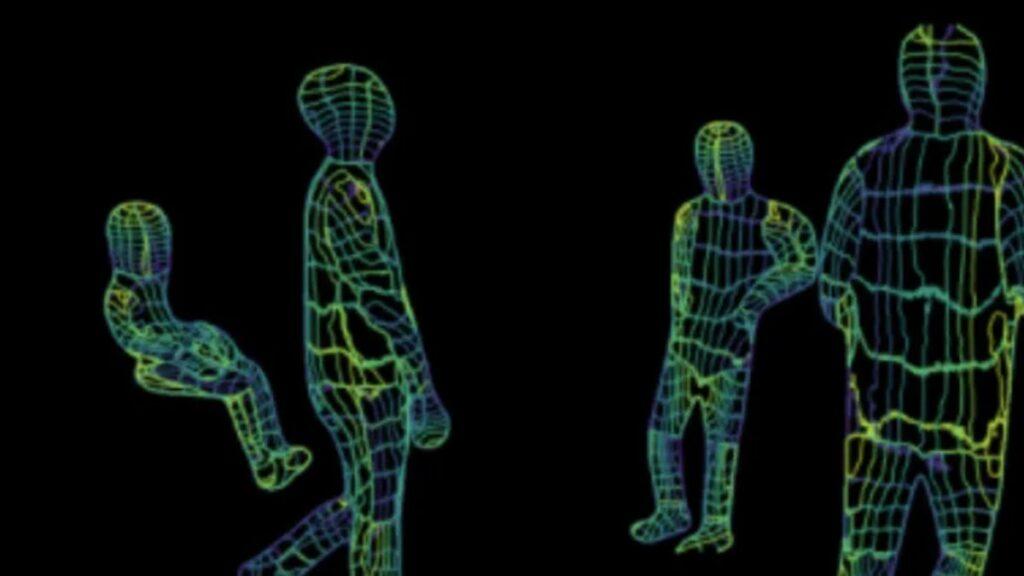AI can turn WiFi routers into cameras that can see people through walls: Watch how it works

Researchers at Carnegie Mellon University have discovered a groundbreaking way to use WiFi routers for detecting human movement through walls, employing artificial intelligence (AI) to achieve this feat. By leveraging technology commonly found in households, they’ve transformed WiFi routers into sophisticated tracking devices that can see through walls.
The Science Behind the Technology
The team utilized radio signals from wi-fi routers to map the three-dimensional shapes and movements of human bodies within a room. This innovation does not rely on traditional cameras or costly LiDAR systems. Instead, it uses a combination of AI and WiFi signals to perform interior monitoring. The process involves DensePose, an advanced system for mapping human body pixels in images. Developed by Facebook’s AI lab, DensePose can identify numerous key points on the body, including joints and body parts like the arms, head, and torso.
By integrating this data with a deep neural network, researchers were able to translate the phase and amplitude of WiFi signals into precise coordinates on human bodies. For their experiments, they deployed three $30 WiFi routers and three aligned receivers to bounce signals around the room. The system filtered out static objects and concentrated on the signals reflected from moving objects, effectively reconstructing a person’s pose in a radar-like image.
Advantages and Potential Applications
WiFi-based human sensing offers several benefits over traditional RGB cameras:
- Privacy Protection: WiFi signals do not capture detailed visual images, thus maintaining individual privacy.
- Cost-Effectiveness: The necessary equipment is relatively inexpensive and widely available in developed countries.
- Overcoming Obstacles: WiFi signals can penetrate various materials like drywall, wooden fences, and even concrete walls, making them effective in diverse environments.
- Versatility in Conditions: Unlike cameras, WiFi-based systems are not affected by poor lighting or occlusion.
This technology holds promise for numerous applications, such as monitoring the well-being of elderly individuals or identifying suspicious activities within a home. It could serve as a ubiquitous alternative to traditional surveillance methods, providing a new layer of security and care in residential settings.
Watch the video here:
AI turns wi-fi routers into "cameras" that see people through wallspic.twitter.com/vfqP7rHjQa
— Massimo (@Rainmaker1973) June 23, 2024
Privacy Concerns and Ethical Considerations
Despite its potential, the deployment of WiFi-enabled human detection raises significant privacy concerns. The definition of “suspicious behavior” remains ambiguous, and the idea of pervasive surveillance in private spaces is troubling. Companies like Amazon have already ventured into home monitoring with camera-equipped drones, sparking debates about personal privacy breaches.
It is crucial to consider the ethical implications of this technology before it becomes mainstream. While it offers innovative solutions for safety and security, the balance between privacy and surveillance must be carefully managed to prevent misuse.
Conclusion
The Carnegie Mellon team’s research marks a significant advancement in human sensing technology, turning everyday WiFi routers into tools capable of seeing through walls. This innovative approach could revolutionize home monitoring, offering cost-effective, privacy-conscious alternatives to traditional surveillance systems. However, as with any powerful technology, its implementation must be guided by ethical considerations to ensure it benefits society without compromising individual privacy.








